When we started to have many more interesting kinds of creatures than before (and some that may have been there before, unnoticed), we wanted to know what they were.
Here are some of the books that have been useful as we try to put a name to creatures we see.
I find that no matter how good any single book is, I like to have two or three for each kind of creature. Each photo or illustration is slightly different and until I really learn to identify something, it’s really helpful to have these slightly different views of any given creature. Below are some of the books I use and keep close at hand.
And now, of course, websites and apps often are faster and easier to use, so I don’t use books as much as I did in the past.
Books by Mike O’Connor:
Why Do Bluebirds Hate Me?
Why Don’t Woodpeckers Get Headaches?
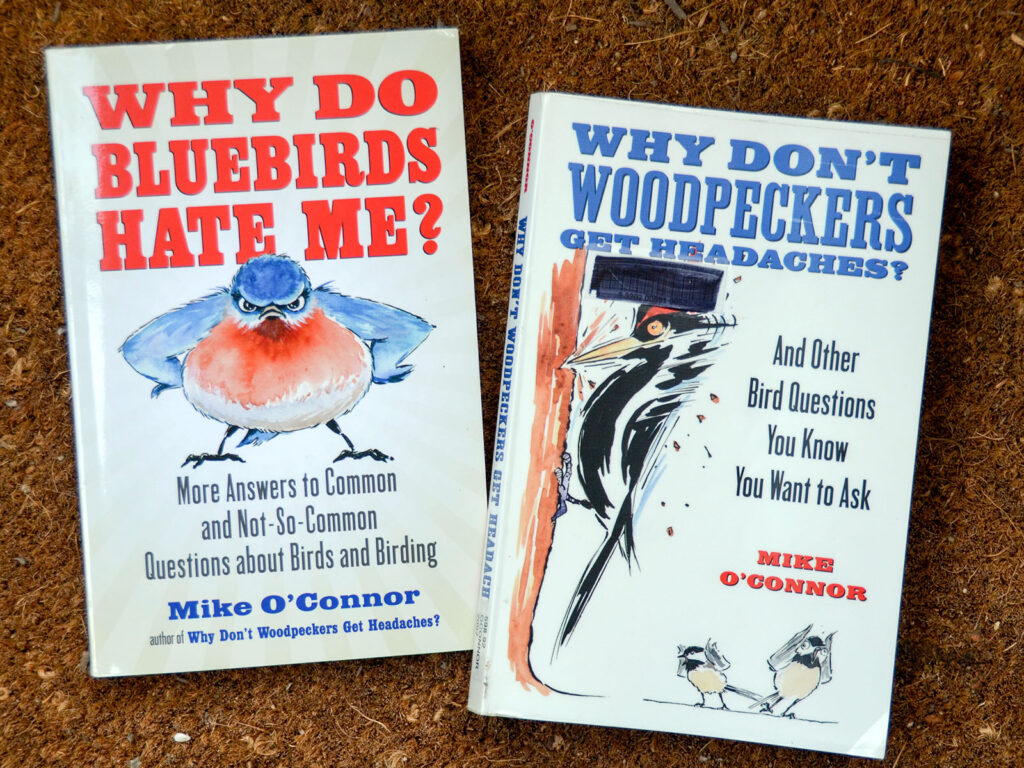
If you like CarTalk, you’ll love these books — a blend of solid information and humor!
Books by Donald and Lillian Stokes
All the Stokes books are very well-organized and especially easy for beginner to intermediate users like us. They don’t confuse things by, for example, listing every butterfly ever seen. They focus on the creatures we’re most likely to see in our own yard. Besides the helpful and interesting information, they have good photos, so important when we’re trying to identify a creature.
Even though they may not be comprehensive, they don’t dumb down the material. For example, they list butterflies under their families instead of just by common name or color.
BUT, on the other hand, they often suggest non-native and sometimes even invasive non-native plants, so we take their plant lists with a grain of salt. Other than that, I have quite a few of their books and have learned a lot from them.
Bird books
Stokes Guide to Bird Behavior: Books 1, 2, 3
by Donald and Lillian Stokes
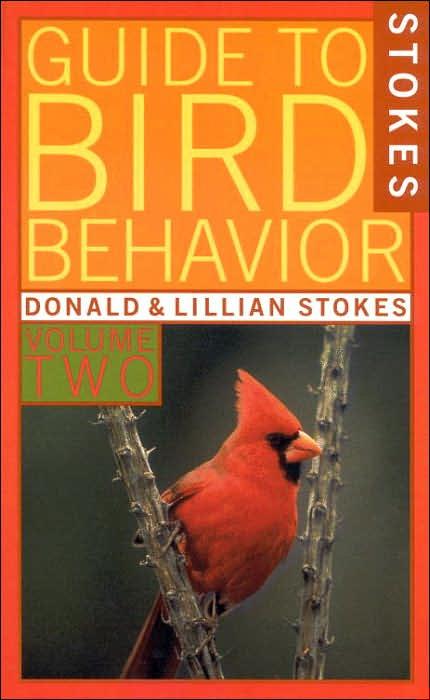
Not ID books, but, rather, they describe the various behaviors of each bird in a reference book format.
Fascinating and just the thing when you see a bird doing something odd. These books explain why the bird is acting that way.
Stokes Field Guide to Birds: Eastern Region
by Donald and Lillian Stokes
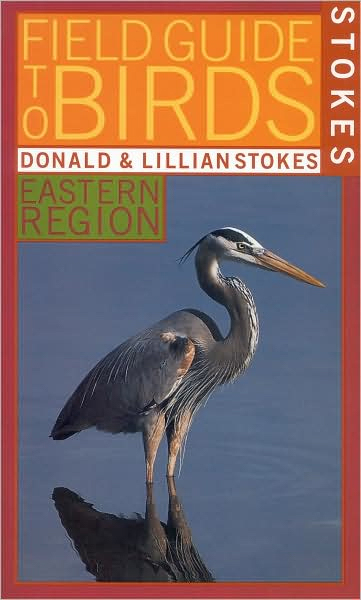
Besides the advantages noted for the Stokes book (above), this is my favorite bird ID partly because it’s limited to birds in the Eastern region, so it’s easier to find the bird I’m looking for. It also lists population trends and other interesting information for each species.
Stokes Field Guide to Warblers
by Donald and Lillian Stokes
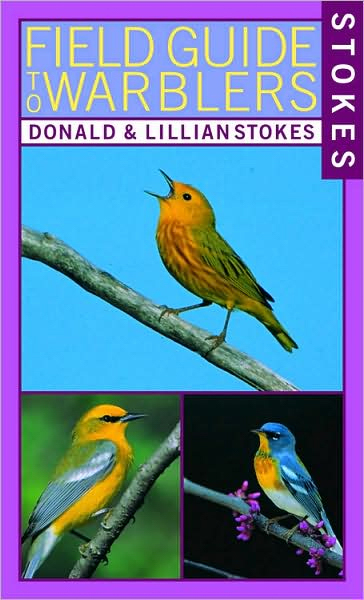
Excellent! It’s too hard to figure out warblers in a regular bird ID book. This is organized by color, which is a handy way to organize them.
It also has photos of female and juvenile birds, which helps for warblers especially.
Birds of North America
by Kenn Kaufman
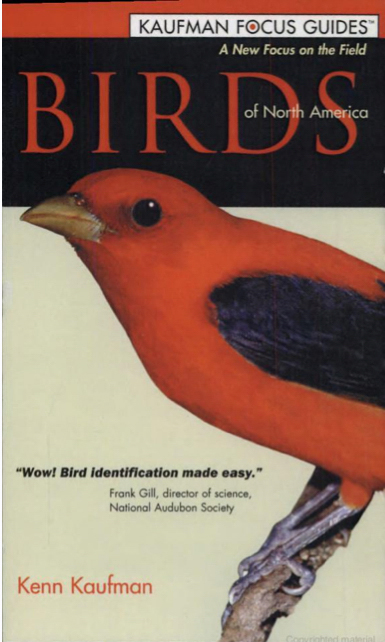
My next favorite after my Stokes books. I use this one quite a bit. Since it covers all of North America, each bird has a little less description than does the Stokes Eastern Region book.
Birds of New York
by Stan Tekiela
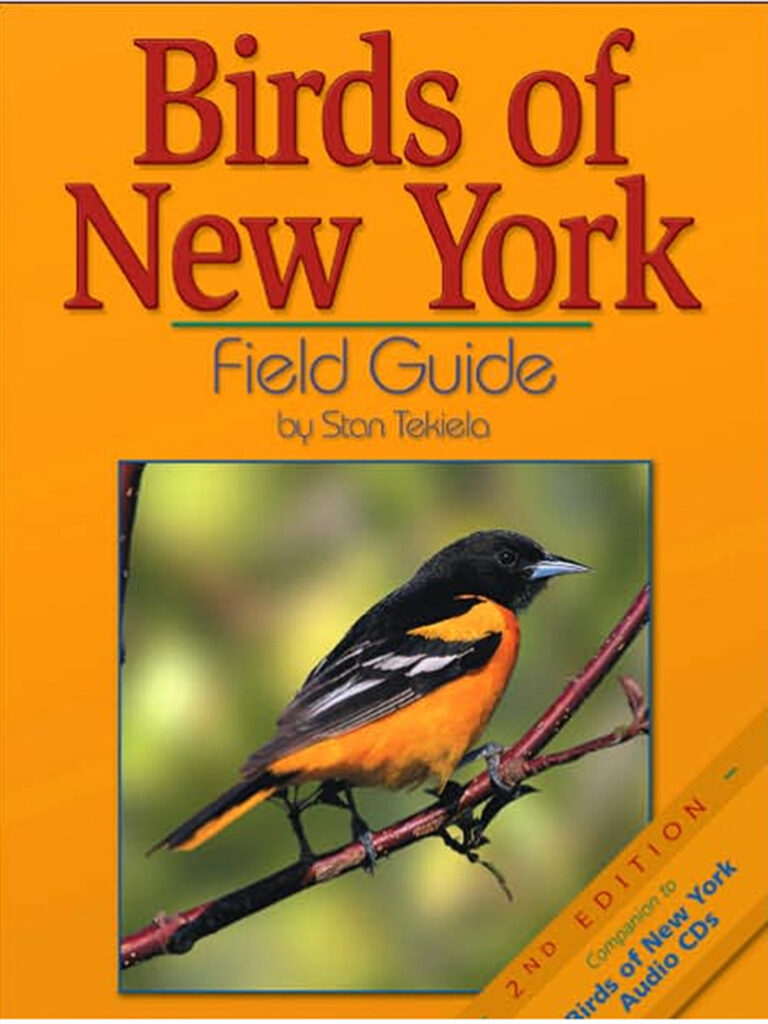
The advantage of this one is that it includes only birds found in NYS, so the possibilities are narrowed down quite a bit. (I’ve seen these books available for other states, too.)
It’s organized by color, which can be an advantage if the bird you’re looking is a distinctive color. But it can be a disadvantage since often the female and male are different colors. Even though it’s tailored to NYS, I wouldn’t want this to be my only bird ID book.
Butterfly books
Stokes Butterfly Book
by Donald and Lillian Stokes
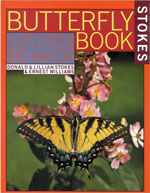
One especially useful part of this book is the section on caterpillars. Since butterflies start out as caterpillars, it’s good to know how to identify them, and these photos really help.
Another nice feature is section showing photos of all the butterflies we’re likely to see in our yard. I can look at a few pages and see all the likely possibilities, then go to the more detailed description from there.
It’s a very helpful arrangement for someone like me who isn’t a butterfly identification expert and doesn’t plan to be. I’m more interested in butterfly conservation than in tracking down rare butterflies in the wild.
Milkweed, Monarchs, and More
by Ba Rea et. al.
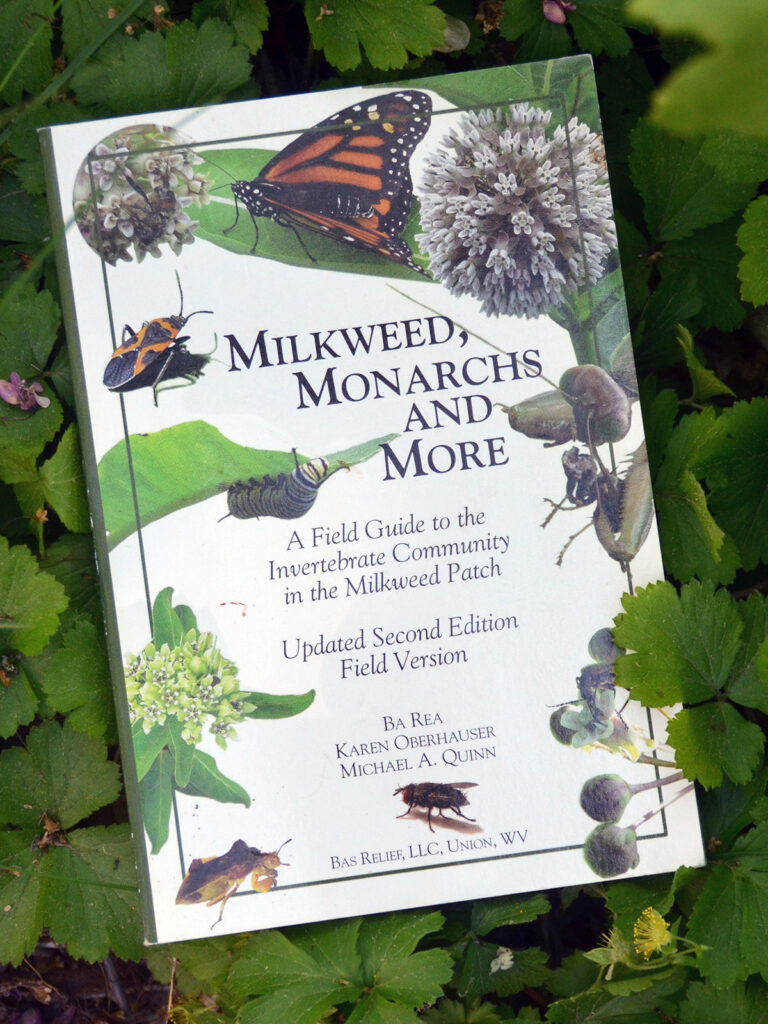
A nice little book and, physically, it truly is very little, which is good if you’re carrying this into the wild.
The same book is also available in a larger size, which I prefer for home use.
It has excellent photos all of the plants and creatures I’m likely to see in our milkweed patch. I especially like the icons identifying their role in the milkweed patch relative to the milkweeds and to the monarchs. For example, it indicates whether an insect is an herbivore, a monarch predator, and so forth. I’ve found it to be very useful in figuring out what those bugs are in my milkweed areas and whether they’re something I should be concerned about with respect to monarchs.
I especially like that it’s organized according to the milkweed ecosystem and describes the roles each creature plays in the system, a very different approach than most books.
Butterflies Through Binoculars: A Field Guide to the Butterflies of Eastern North America
by Jeffrey Glassberg
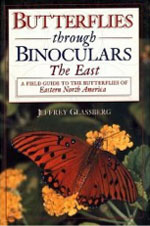
I like this one, especially because it limits its scope to the East. It provides other useful information, too. It’s definitely helpful to have more than one source of information and more than one photo of a butterfly I’m trying to identify.
Butterflies of North America
by Jim Brock and Kenn Kaufman
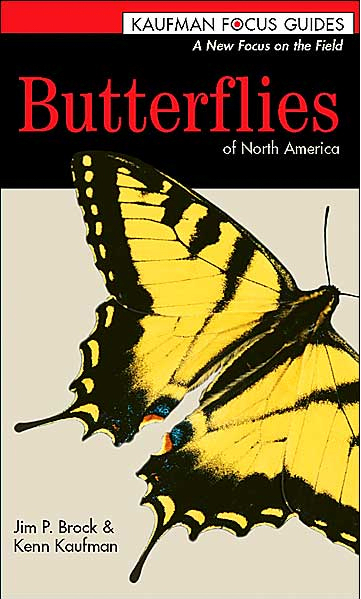
More comprehensive than the Stokes, of course, since it’s a much larger book. Unlike the Glassberg book, though, it covers all of North America.
It’s a good supplement to my other books. I use all three.
Books about other insects
Bumble Bees of the Eastern United States
by Sheila Colla et al.; USDA, U.S. Forest Service, Pollinator Partnership
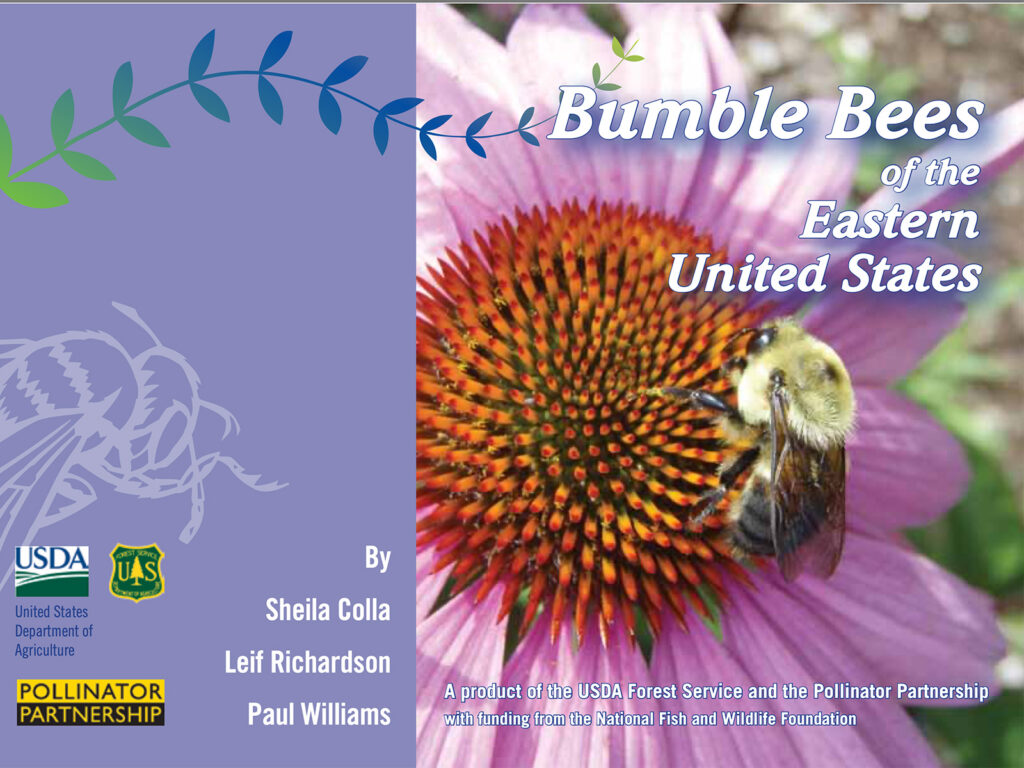
This handy booklet is available online for free. Beautifully done and easy to use.
Describes the range, phenology, identifying characteristics, and beautiful photos. Who would have thought there were so many bumble bee species?
Stokes Beginners Guide to Dragonflies
by Donald and Lillian Stokes
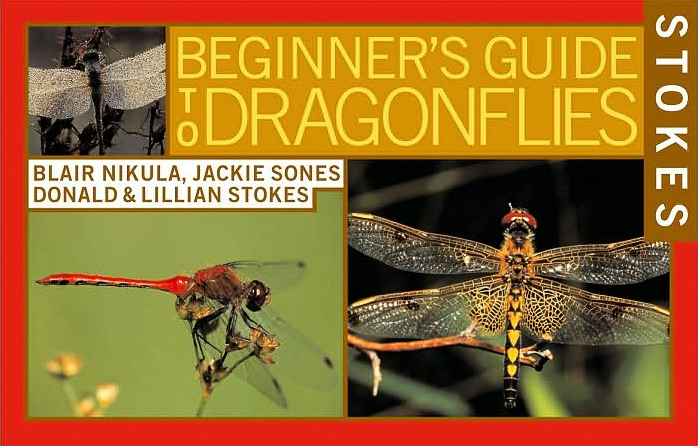
This book has a good introduction explaining how to identify dragonflies by their family rather than just by leafing through the pictures.
Even though it’s a small book, I’ve almost always found the dragonfly or damselfly I was looking for.
Field Guide to Insects of North America
by Eric Eaton and Kenn Kaufman
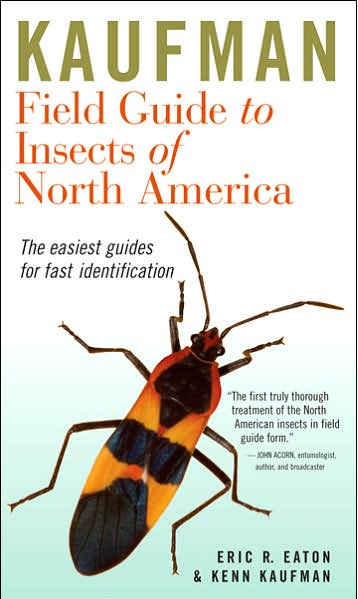
This is a handy book, and I’ve found some insects I’ve looked for. There are so many thousands of insects, that it would be impossible to include them all. It does come in handy, though, and is probably as good as any of them for laypeople.
Books to identify other creatures
The FINDER series: Track Finder
by Dorcas Miller
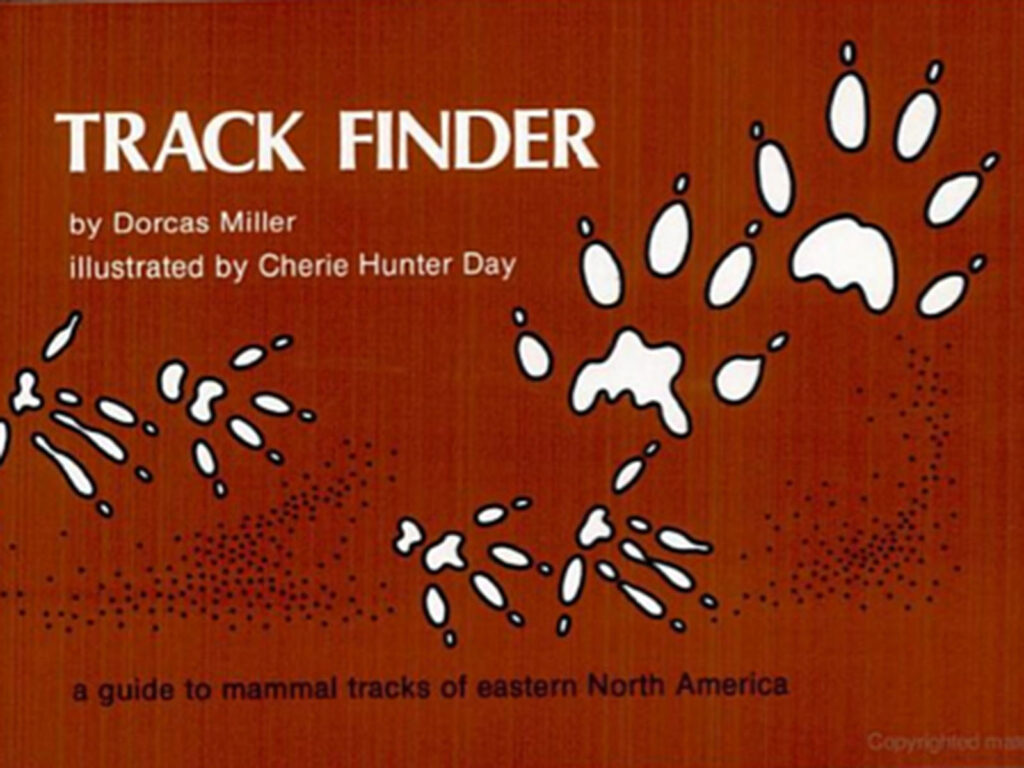
Except for the “Life on Intertidal Rocks” Finder book (which we got on vacation—not one we need in CNY), this is the only Finder book we have that pertains to animals.
Here are plant-related Finder books.
